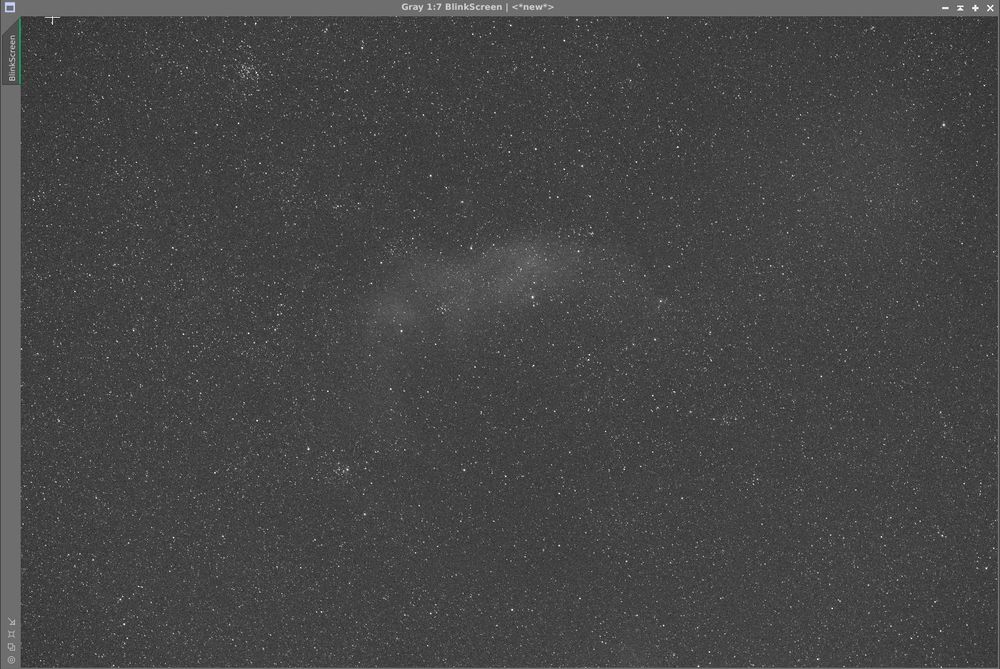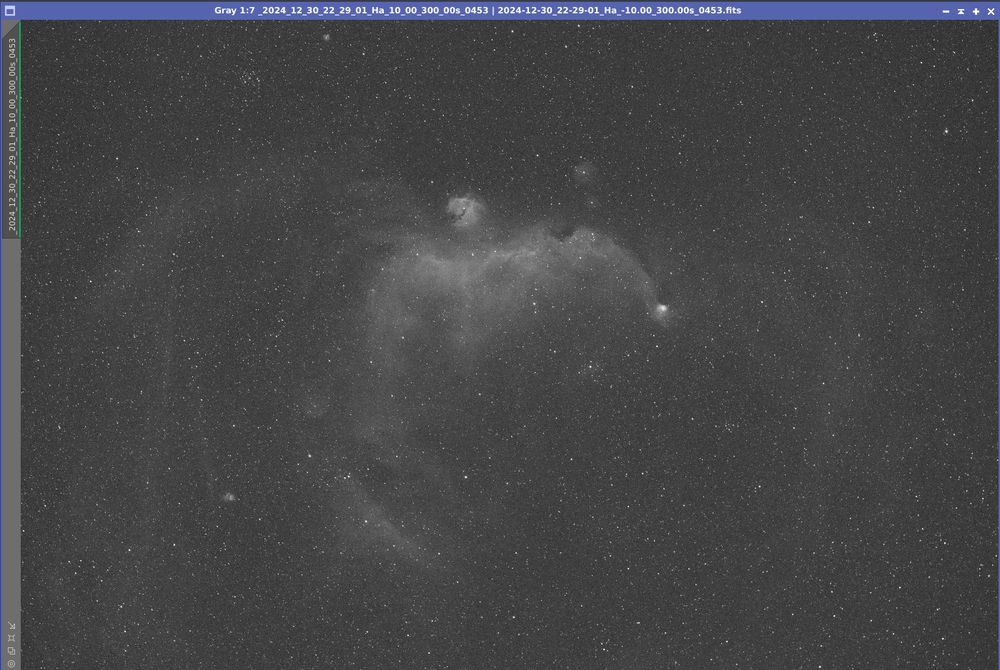




#OTD, 1986, NASA's Voyager 2 spacecraft made its closest approach to Uranus, passing within 81,500 kilometers of the planet's cloud tops. This historic flyby provided the first detailed images & data on Uranus, including information about its moons, rings, atmosphere, & magnetic field.

#OTD, 1986, NASA's Voyager 2 spacecraft made its closest approach to Uranus, passing within 81,500 kilometers of the planet's cloud tops. This historic flyby provided the first detailed images & data on Uranus, including information about its moons, rings, atmosphere, & magnetic field.





Flat Frames will remove Vignetting
Dark Frames remove "Dark Current"
Bias Fames remove sensor Bias
Flat frames are kind of cool.

Flat Frames will remove Vignetting
Dark Frames remove "Dark Current"
Bias Fames remove sensor Bias
Flat frames are kind of cool.
Hot pixels (bright specks from your camera sensor).
Dust motes (dark spots from particles on your optics).
Vignetting (uneven brightness across the image).
On a large sensor with 10s of millions of pixels a dark frame looks like this:

Hot pixels (bright specks from your camera sensor).
Dust motes (dark spots from particles on your optics).
Vignetting (uneven brightness across the image).
On a large sensor with 10s of millions of pixels a dark frame looks like this:










It's a bit goofy to configure in windows 11

It's a bit goofy to configure in windows 11








